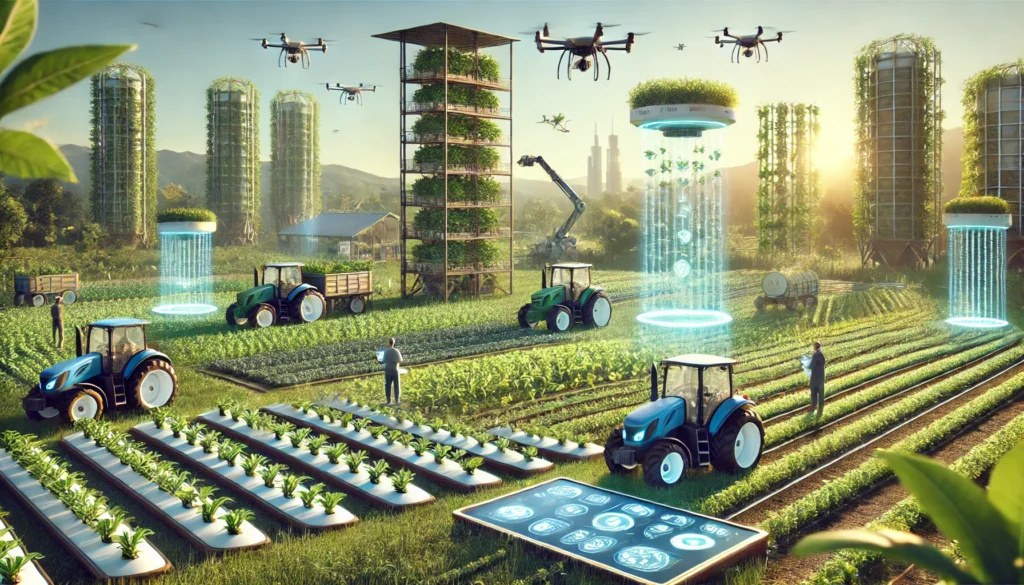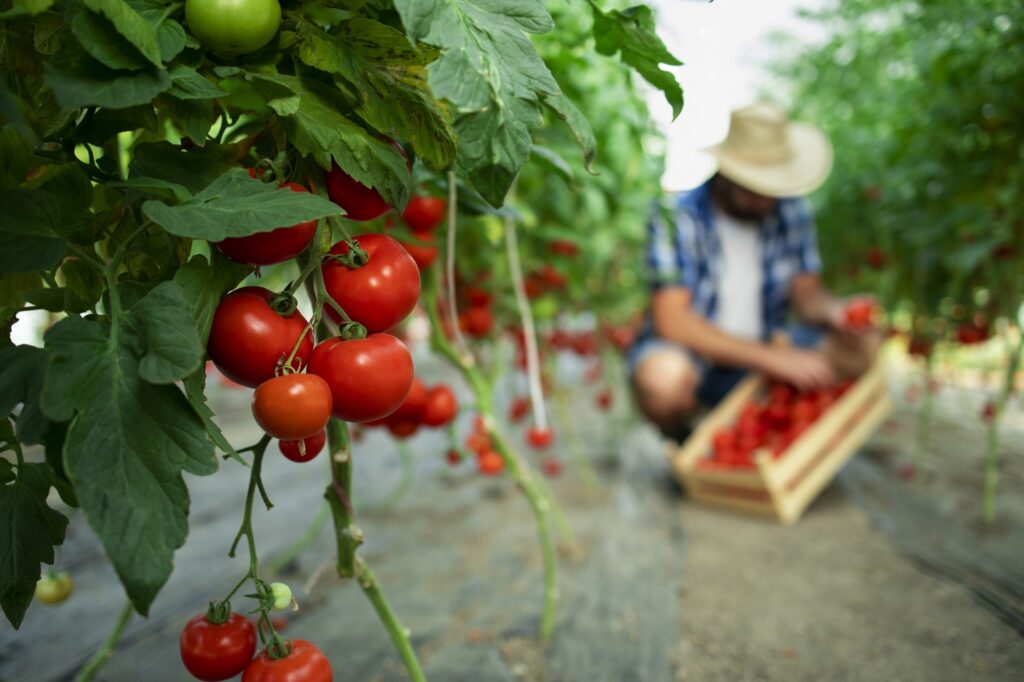Vertical farming is reimagining how we grow food, turning concrete jungles into fertile grounds. This innovative method stacks crops in layers, often inside buildings or repurposed warehouses, using hydroponics, aeroponics, or soil-based systems. By controlling light, water, and nutrients indoors, vertical farms produce fresh fruits, vegetables, and herbs year-round, regardless of weather or season. It’s a bold step toward sustainable urban living.
The secret sauce? Technology. LED lights mimic sunlight, tuned to the exact wavelengths plants need for photosynthesis, while automated systems regulate water and nutrient delivery. Hydroponics, where roots dangle in nutrient-rich water instead of soil, slashes water usage by up to 90% compared to traditional farming. No soil also means no plowing, reducing energy demands. Since these farms can be built in cities, they cut transportation costs and emissions—your salad might come from a building down the street, not a field hundreds of miles away.
Beyond efficiency, vertical farming tackles land scarcity. With arable land shrinking due to urbanization and climate change, stacking crops upward maximizes space. A single square foot can yield what acres might in a traditional setup. Plus, the controlled environment eliminates pesticides, offering cleaner, healthier produce. Big players like Japan and Singapore, where land is limited, are already embracing this tech, with skyscraper farms lighting up cityscapes.
But it’s not all rosy. The energy needed for lighting and climate control can be costly and, if sourced from fossil fuels, offset environmental gains. Initial setup expenses are steep, too, though innovations in renewable energy and cheaper LEDs are closing the gap. For urban populations hungry for local, sustainable food, vertical farming is a glimpse of the future—proving we don’t need sprawling fields to feed the world.


